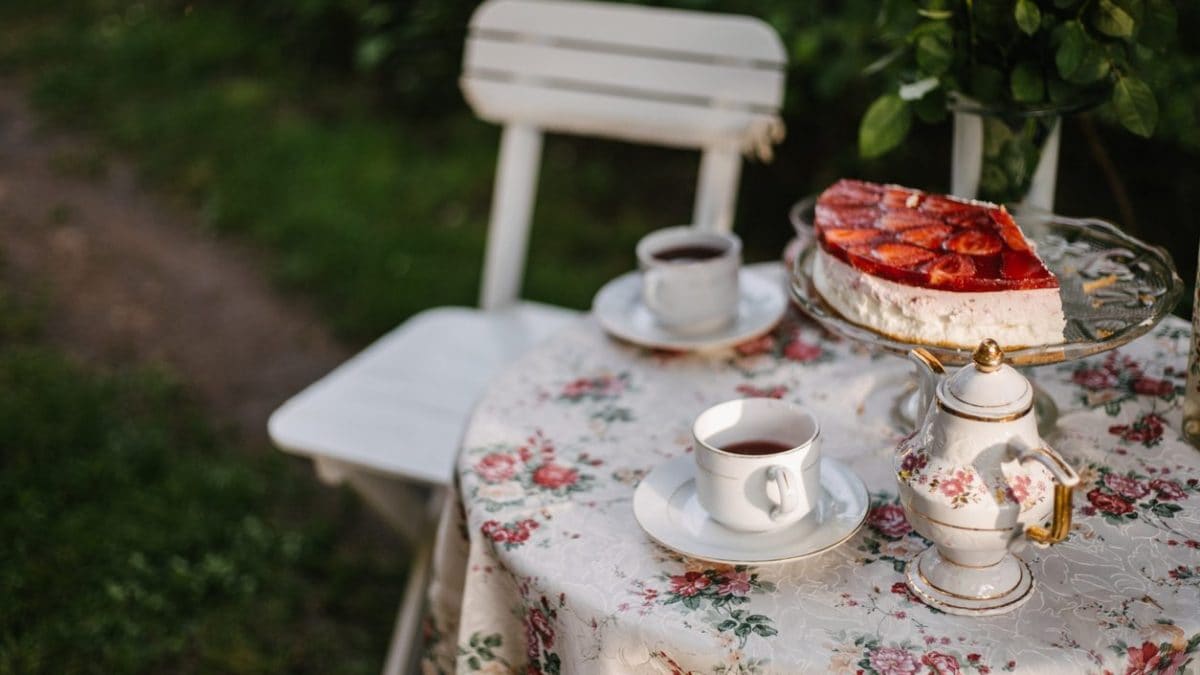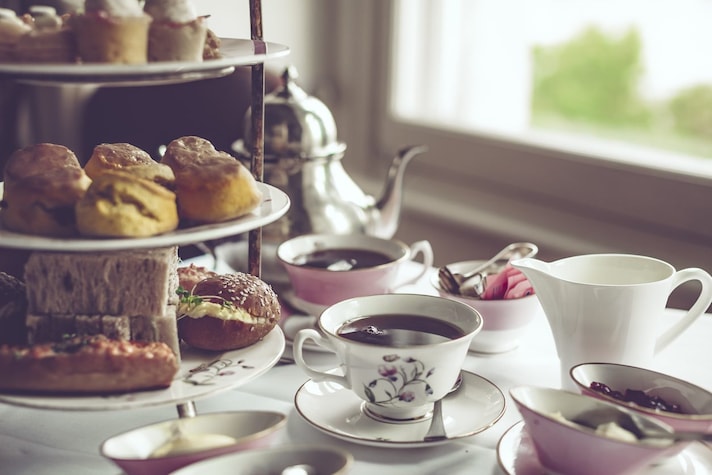
Afternoon tea is a typically English habit that has spread throughout the world, both due to British colonialism and the pleasantness of the tradition. It is not difficult to find people in our country who meet in a bar to have tea at 5:00 pm. But how did this custom originate? The origins of this ritual must be sought in the noble environments of the 1800s but the tradition was born almost by chance.
Afternoon Tea Was Born Because of a Duchess' Hunger Pangs
The custom of drinking tea while eating something light in the mid-afternoon probably originated in 1840 thanks to Anna Russel, Duchess of Bedford, a great friend of Queen Victoria. During this period, dinner is scheduled for 8:00 pm and there is no snack between lunch and dinner. This thing just does not go down well with the Duchess who literally suffers from hunger during this long interval. Ignoring the etiquette that imposes afternoon asceticism, Russel in the privacy of her rooms asks the servants to bring a snack of tea, bread, butter and some sweets.

Autumn and winter 1840 pass by easily but summer arrives and in the residence of Woburn Abbey the noblewoman hosts many friends. In the middle of the afternoon however she continues to be hungry and, once again in defiance of etiquette, she has tea served with biscuits. She has it served to all those present who, to everyone's amazement, greatly appreciate the idea and once back in London ask for the same treatment. From mouth to mouth the afternoon tea spreads in the English high society and even reaches Queen Victoria who transforms this event into a real social gathering, often receiving hundreds of guests at court to share the drink all together.
In reality, according to several historians, this custom dates back to a few centuries before, but they all agree on the role of Anna Russel in the spread of afternoon tea in the United Kingdom. We must however specify that this remained a noble custom for a long time: for common people, afternoon tea was a luxury both because they did not have the afternoon free and because they could not afford an extra daily meal. However, the tradition reached the working class who created their own afternoon tea: they called it "high tea", and in addition to the drink and sweets there were also vegetables and other substantial foods such as meat pies. They also changed the time: this "snack" was consumed between 6:30 pm and 7:00 pm and replaced dinner. The name, "high tea", was given by the contrast with the noble low tea: the common people drank it at the table, on kitchen chairs; the nobles drink it lying on sofas with tea tables that, precisely, have short legs. Today both traditions coexist: despite the frenetic pace of modern life, the English continue to eat early compared to the rest of Europe and then, if necessary, allow themselves an evening snack before going to sleep.
Despite the differentiation of the two styles and the fashion that in a few years conquers all of England, there is never a codified menu. The combination of tea and biscuits is the most successful but if we look for historical sources we find sandwiches with different types of filling, many cakes and different desserts in single portions such as scones accompanied by clotted cream and jam. Obviously, we don't even need to say it, the tea for afternoon tea is strictly loose leaf: tea bags and soluble powder are forbidden by tradition.
;Resize,width=767;)
